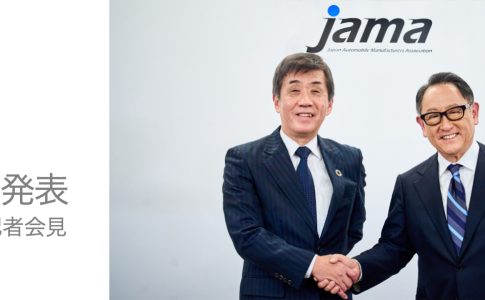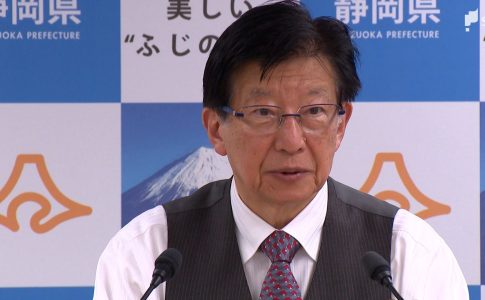Nikkei Inc., renowned for its economic news coverage, is set to cease publication of two of its specialty papers, Nikkei Sangyo Shimbun and Nikkei Veritas, by the end of the year. This decision comes amidst a challenging climate in the declining newspaper industry, exacerbated by surging costs for newsprint and a shortage of writers. Despite Nikkei’s relative advantage over other national newspapers, its flagship paper has seen its circulation halve from its peak, and growth in digital subscriptions has stagnated.
The company marks the 50th anniversary of the Nikkei Sangyo Shimbun this October, a publication born to compete with the Nikkan Kogyo Shimbun during the industrial boom. It is known for its detailed industry and corporate coverage, published weekday mornings. To counter the decline in print, Nikkei has launched several series on its digital platform, NIKKEI Prime, aiming to maintain readership and revenue.
Launched in 2008, the weekly Nikkei Veritas, specialized in investment and financial information, plans to digitize its content, targeting individual investors and financial institutions. However, the primary reason for these publications’ discontinuation is the worsening performance of the main Nikkei paper.
As of June 2023, Nikkei’s operating profit halved, primarily due to a significant drop in advertising revenue. The main paper’s circulation has dwindled from 3 million at its peak to around 1.5 million, with actual sales even lower, according to Nikkei insiders. A recent price hike for print subscriptions is expected to accelerate this decline. Digital subscriptions, too, face a bleak future, struggling around 800,000 members.
A critical factor in this downturn is the mass resignation of younger and mid-level staff, a trend that became apparent around 2019. This year alone saw continued resignations, including a promising female journalist and several others, indicating a deteriorating workplace environment.
Insiders describe a grim atmosphere, with top-down directives and little room for discussion or dissent, leading to burnout and dissatisfaction among the staff. This situation is exacerbated by the rehiring of senior staff, creating a cycle of stagnation and frustration for younger employees.
Nikkei’s President Hasebe has recently acknowledged the crisis, expressing a desire to incorporate more input from younger staff. However, the prevailing top-down, military-style management approach and the culture of silence make genuine change difficult.
Ultimately, the increasing voluntary resignations are a clear message from the younger workforce. With a leadership unable or unwilling to listen to these ‘silent voices,’ Nikkei faces significant challenges in fulfilling its media mission in these turbulent times.












Leave a Reply